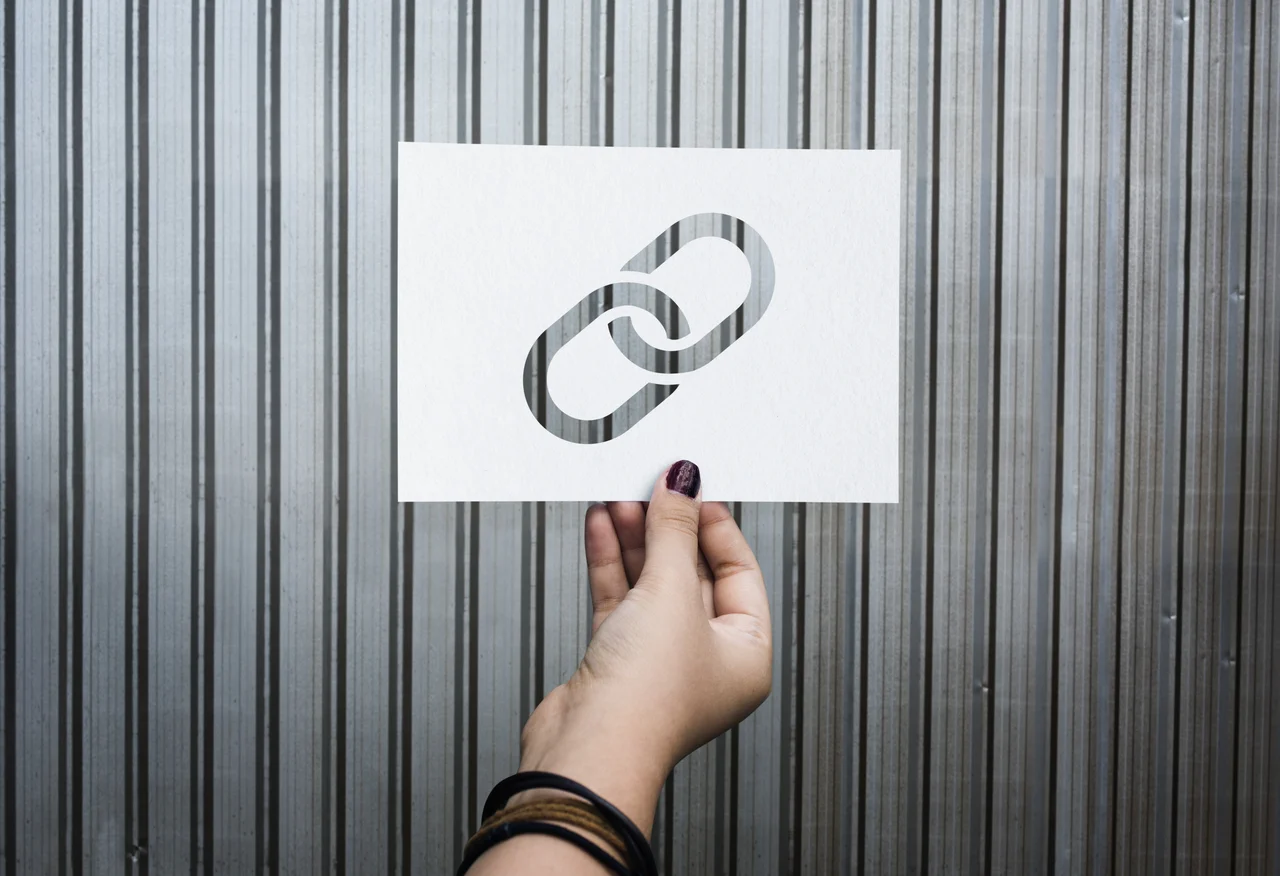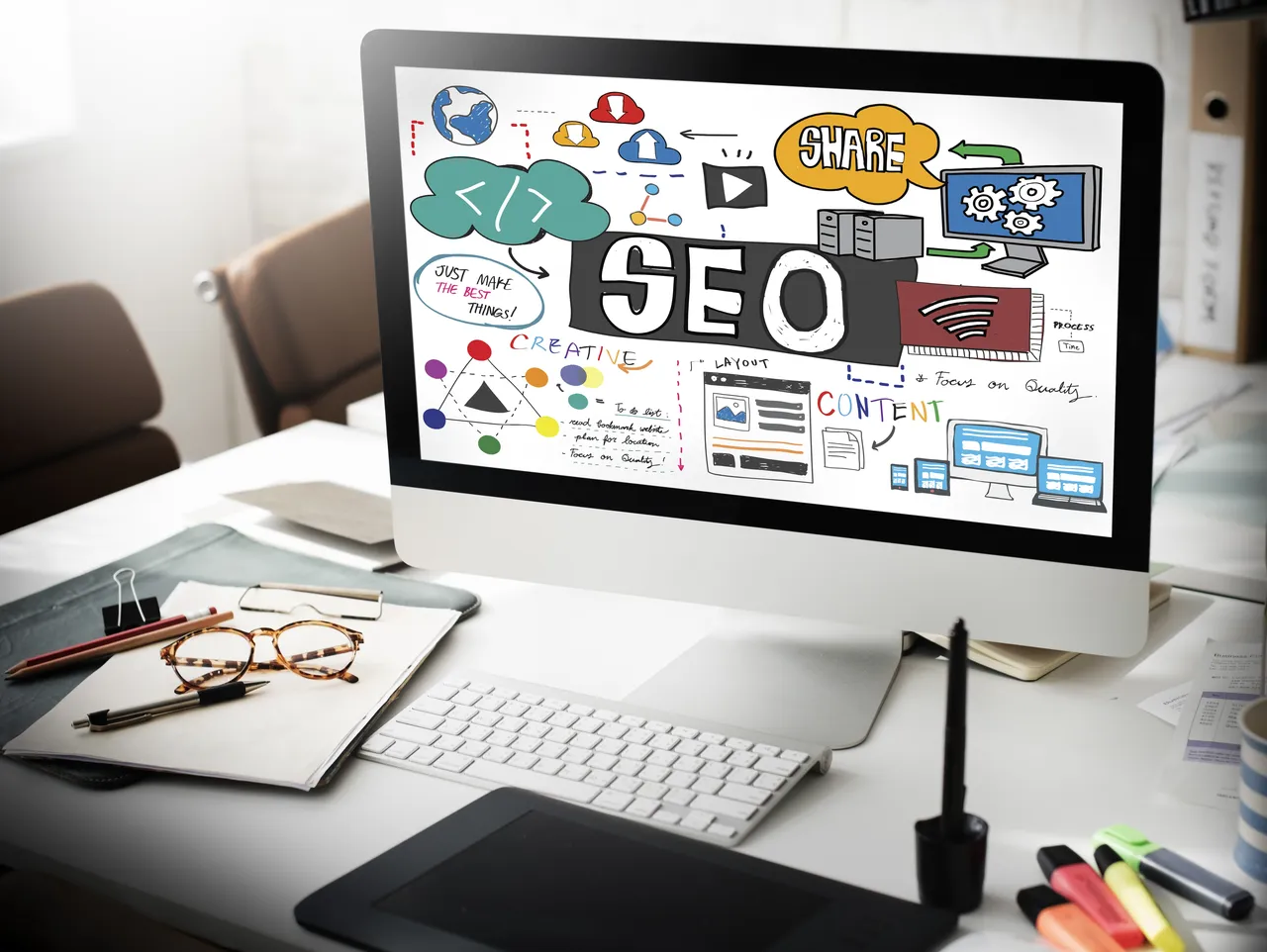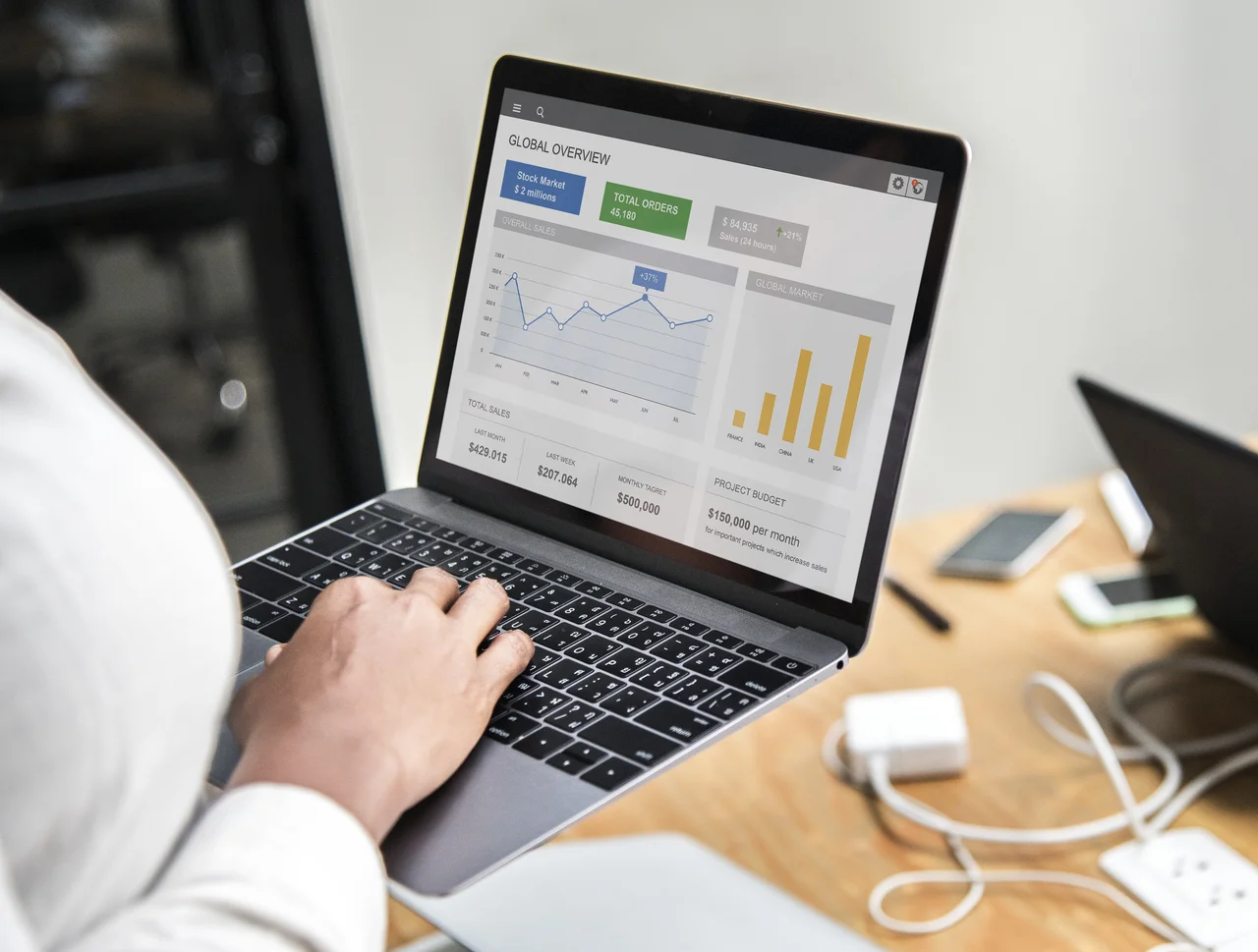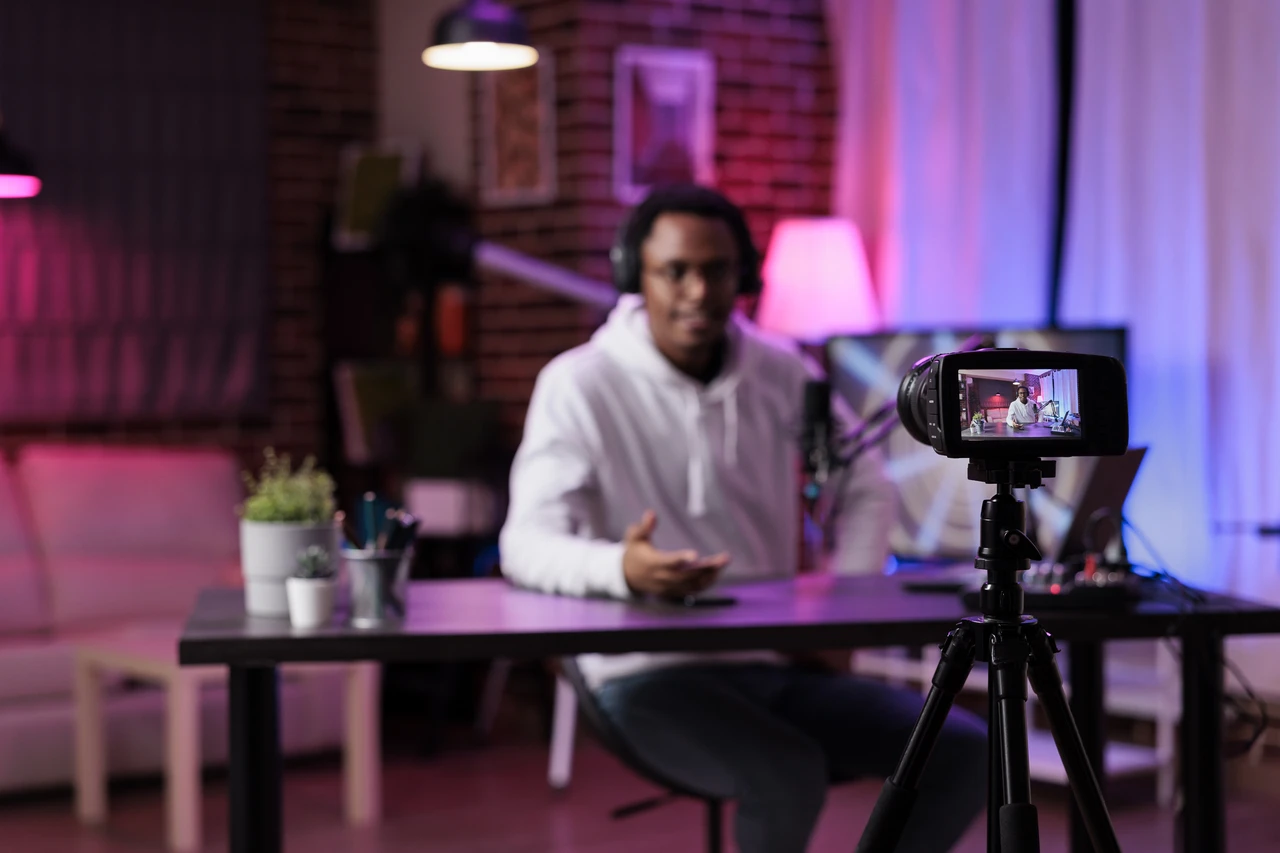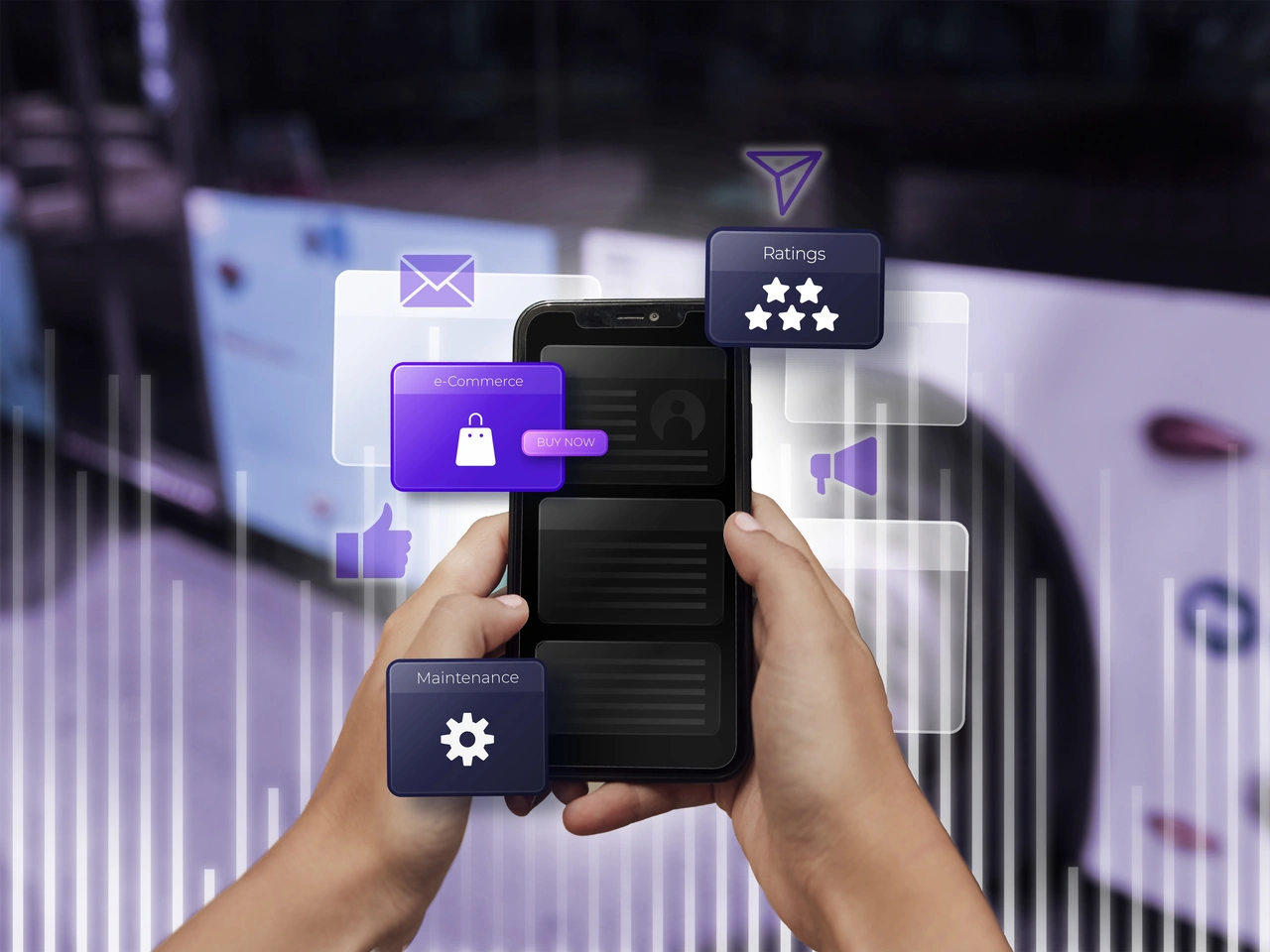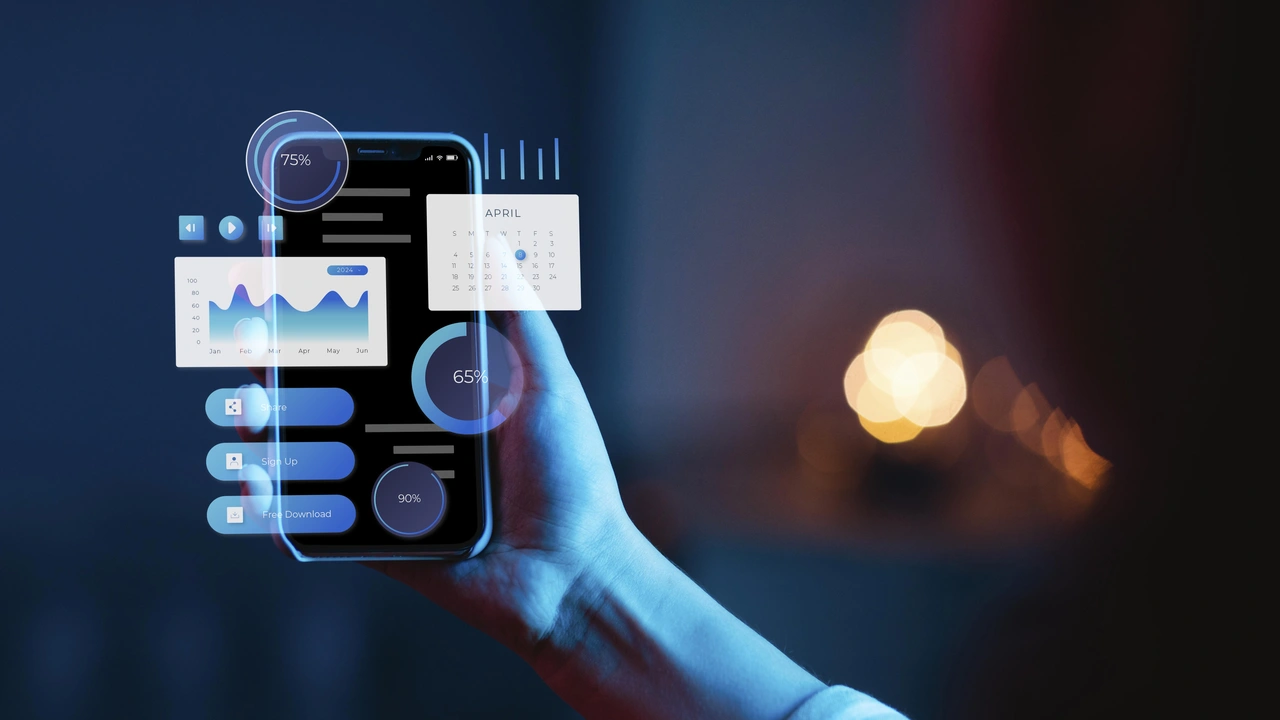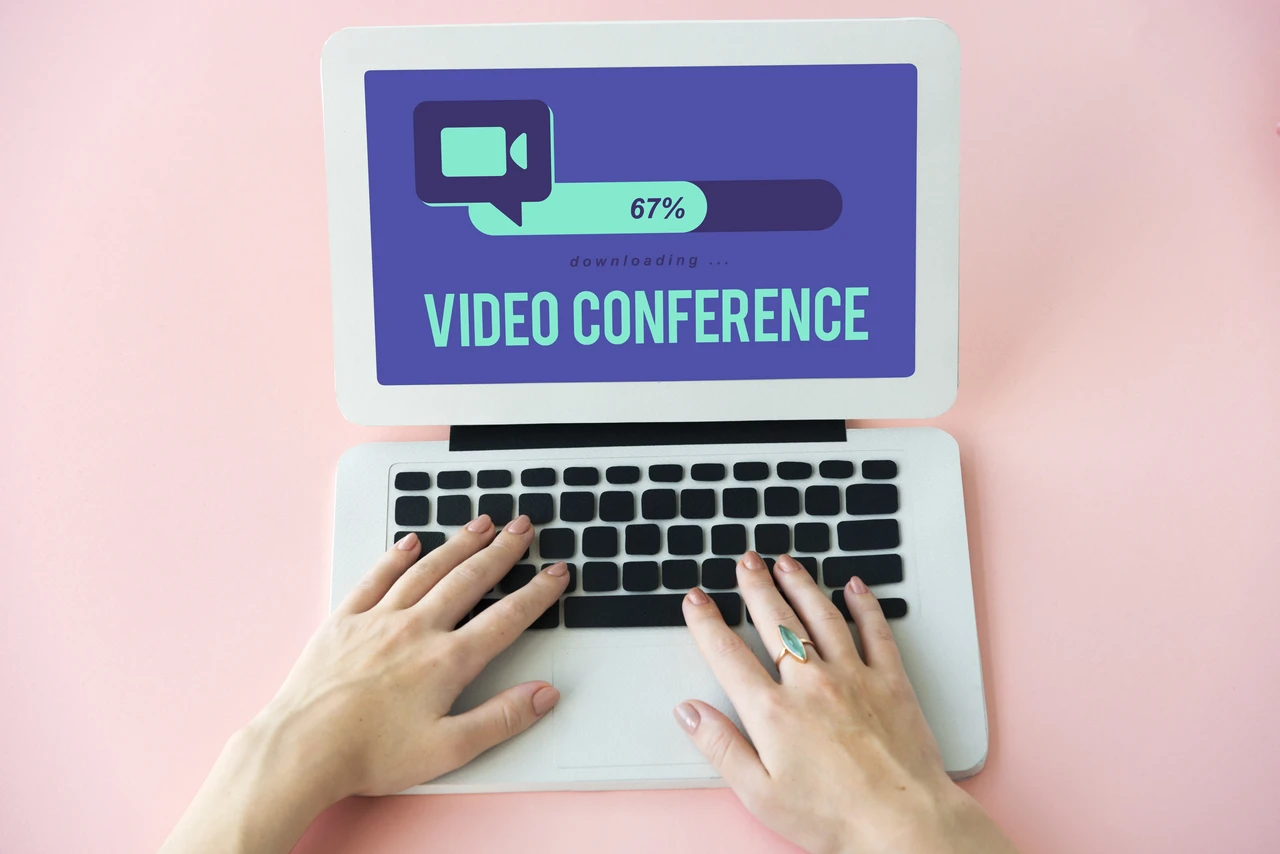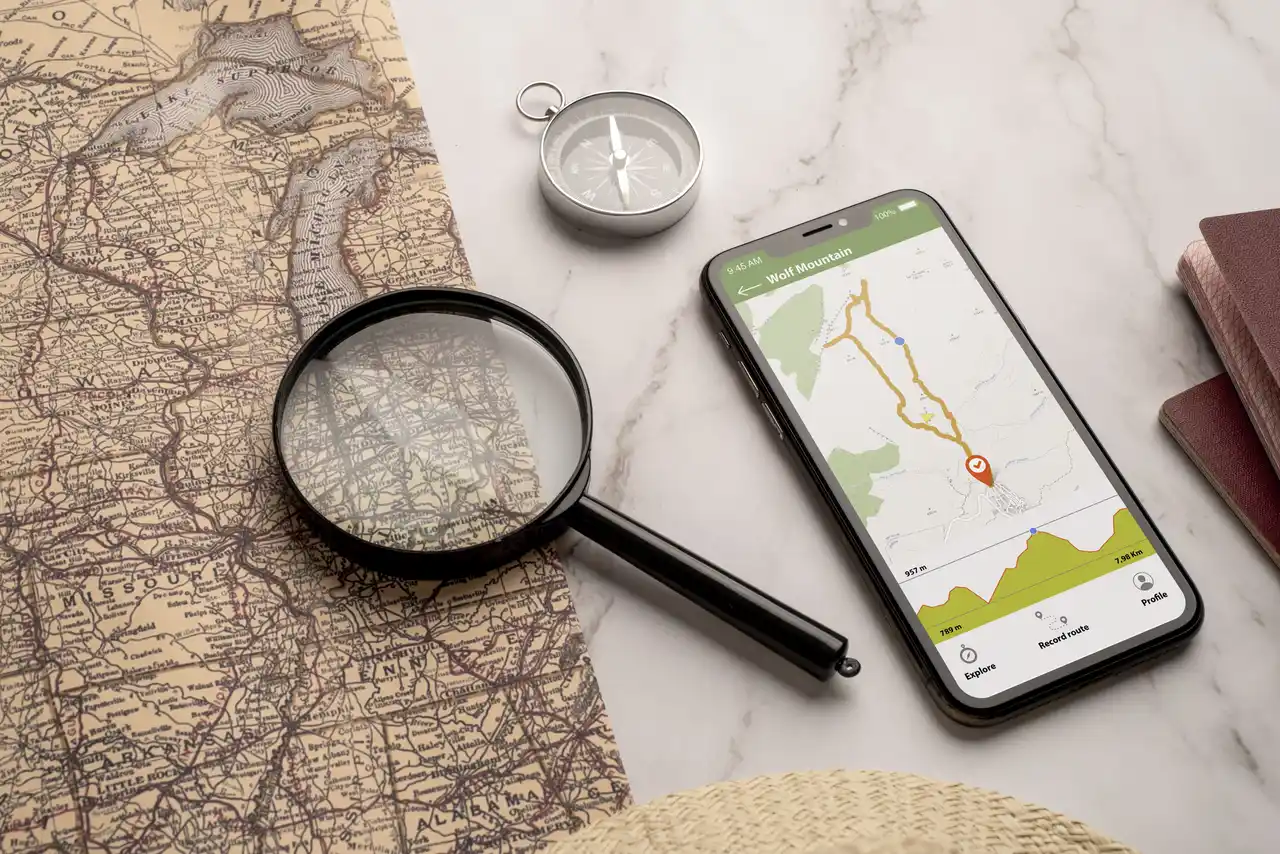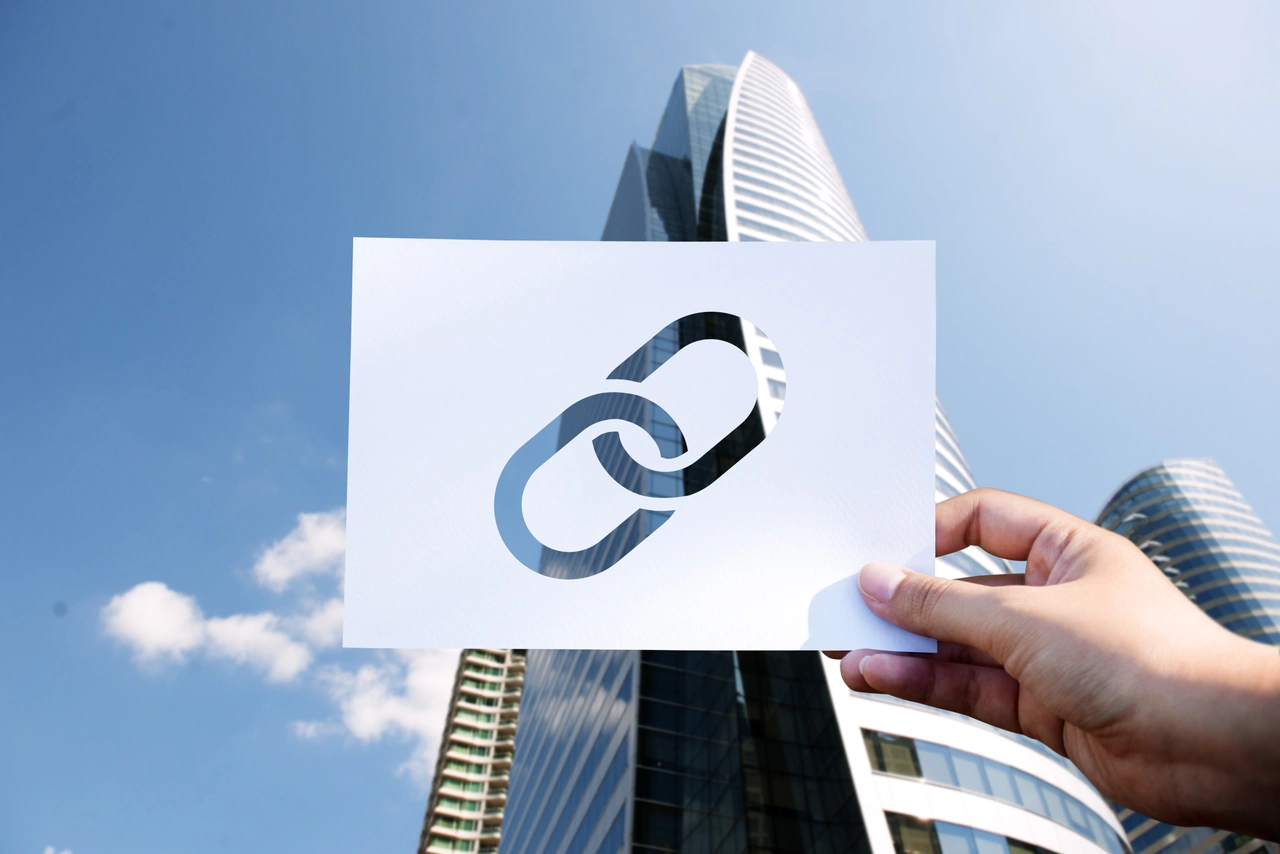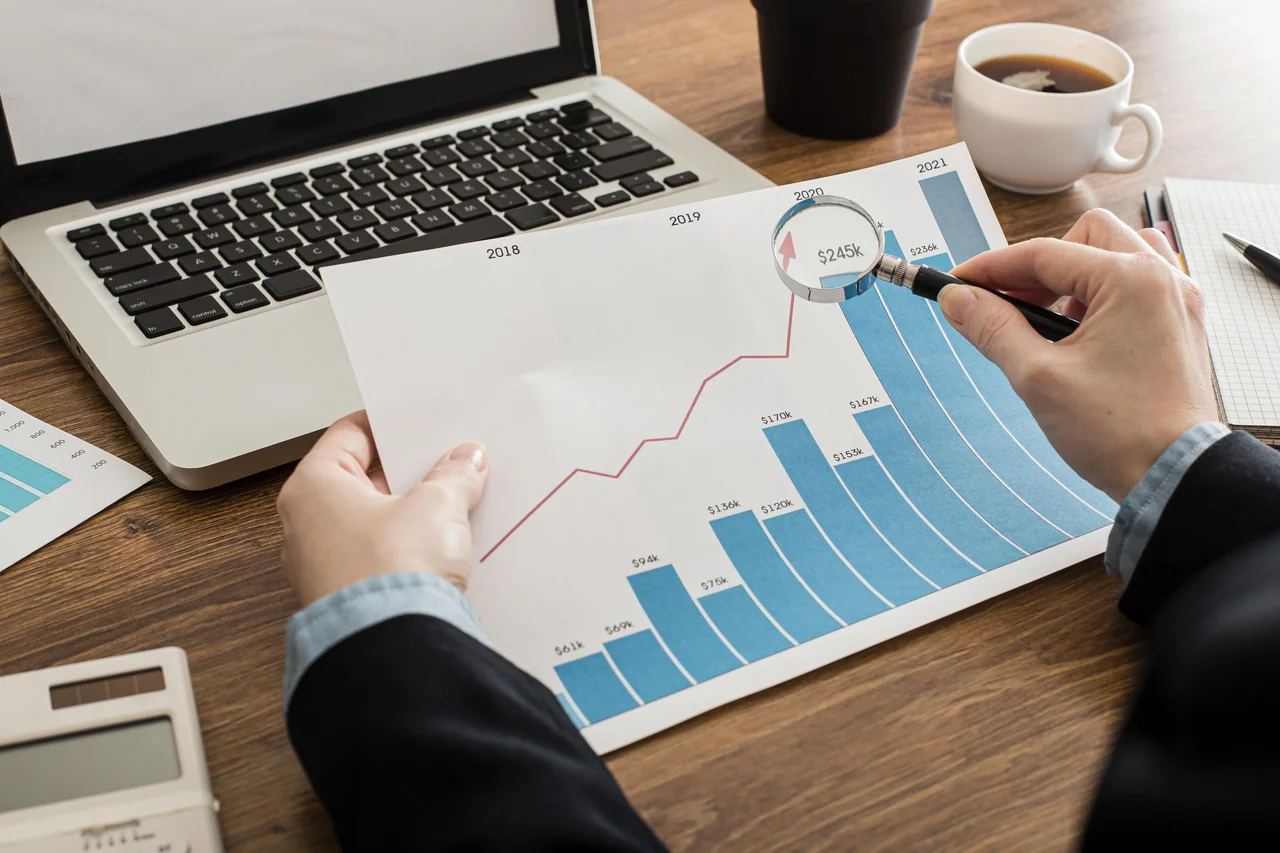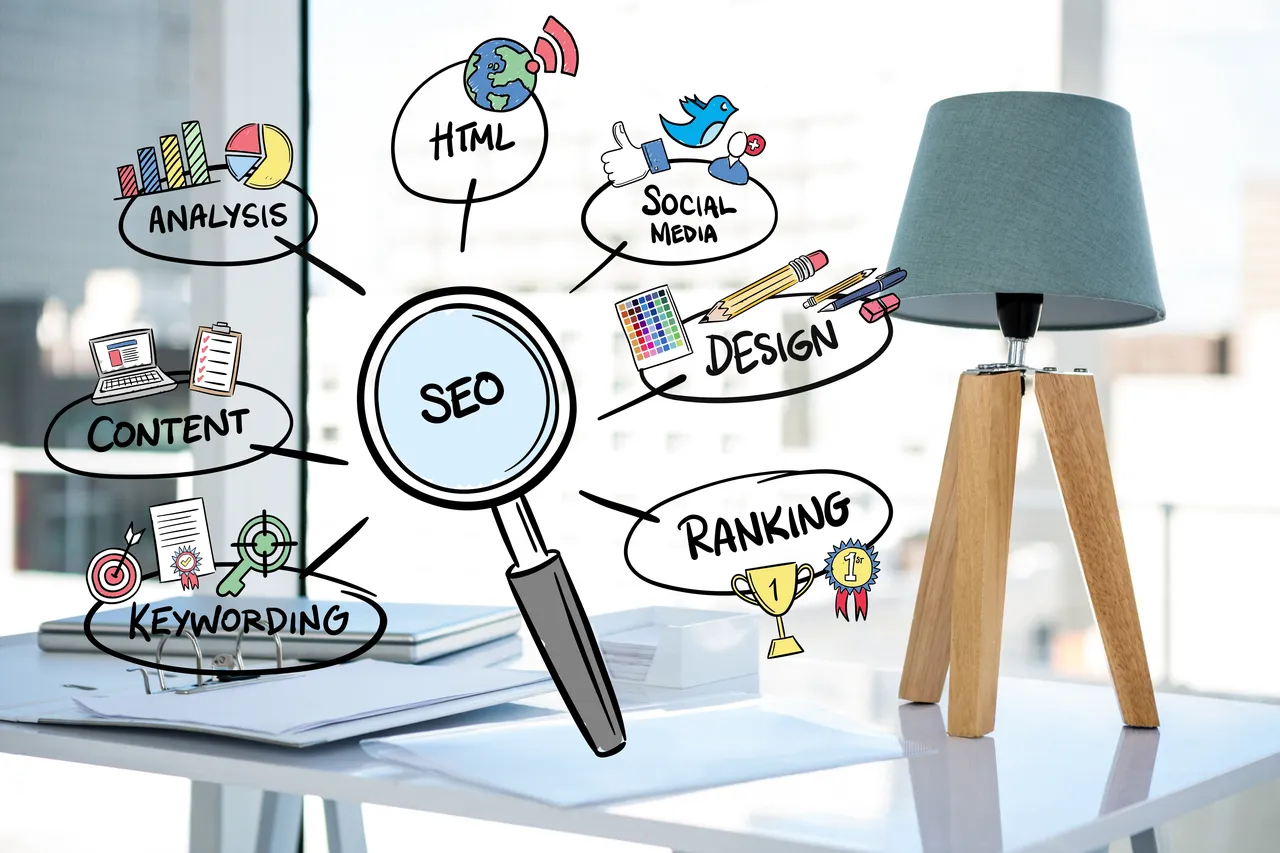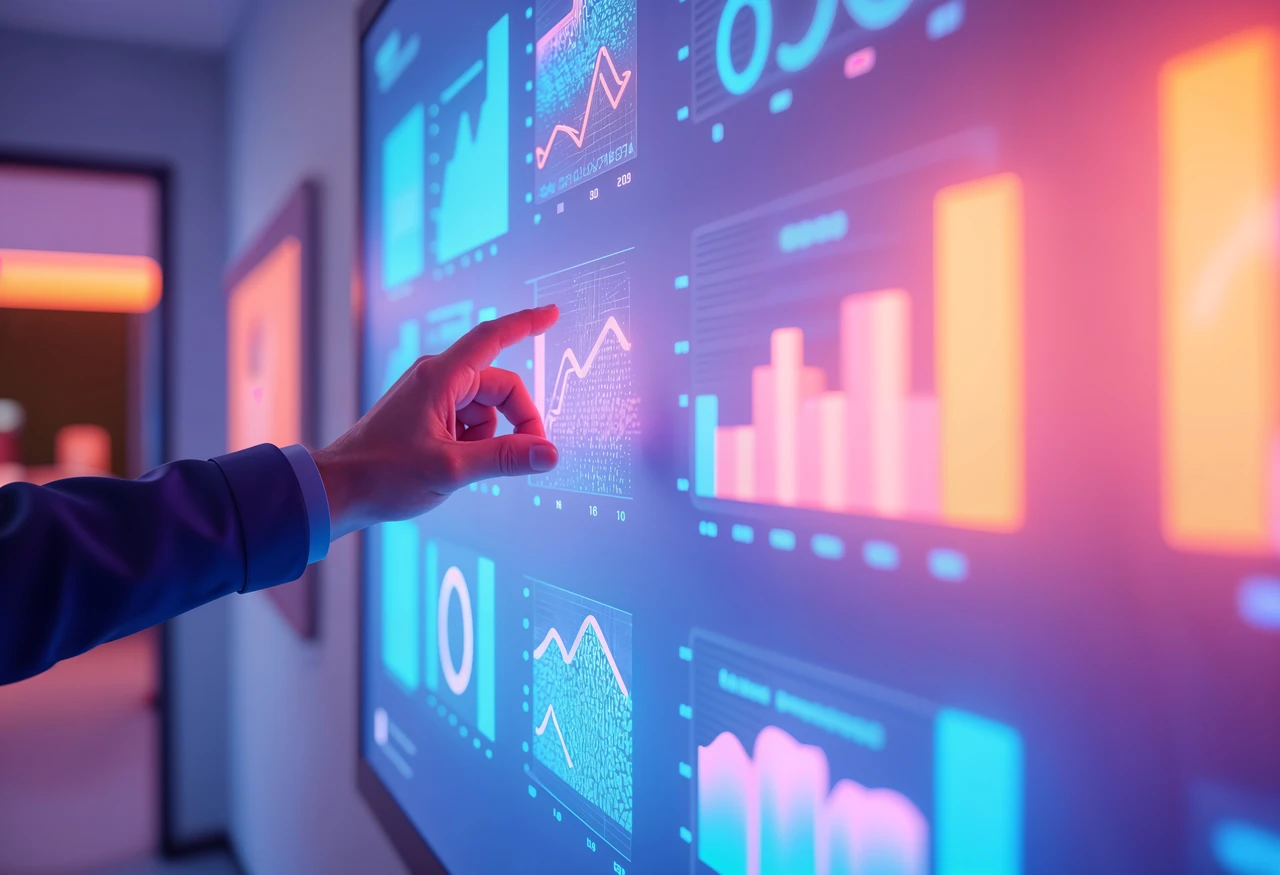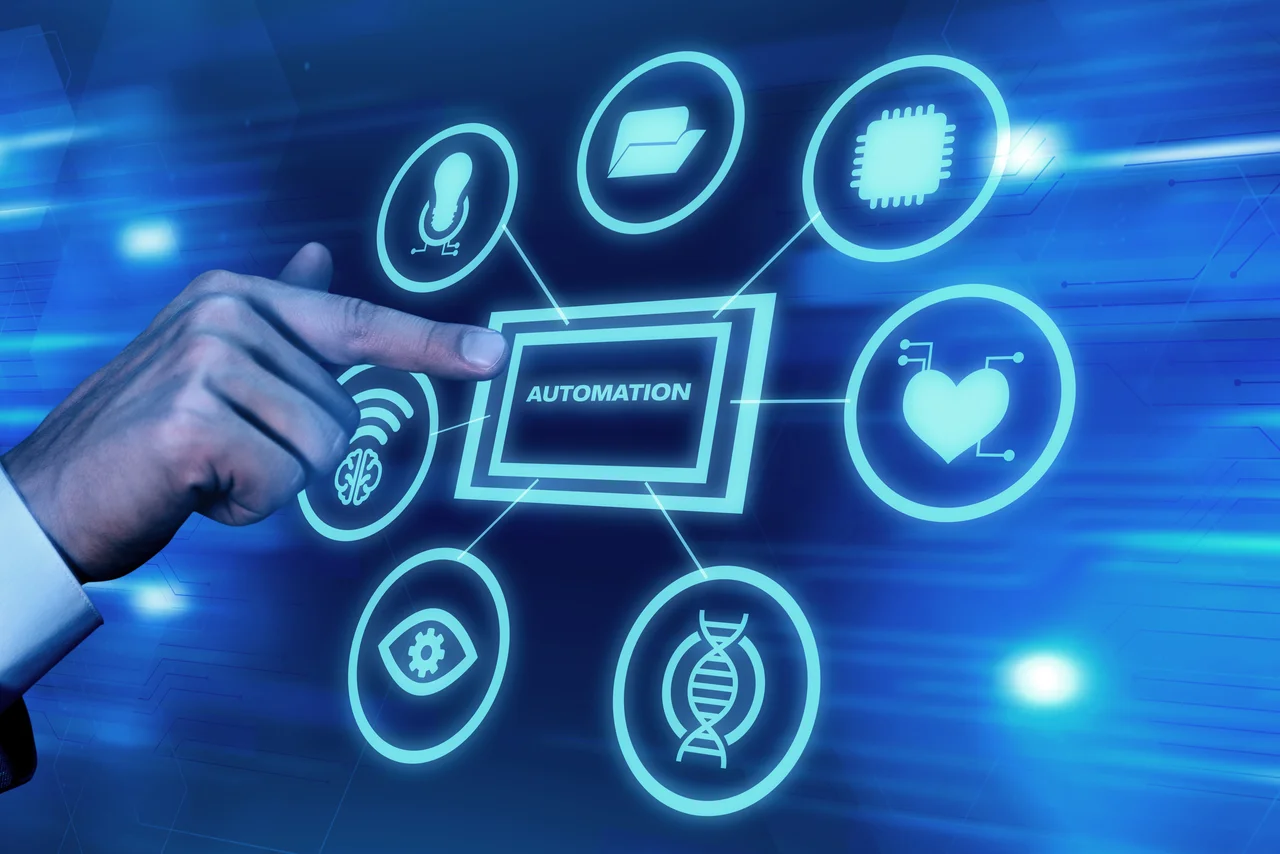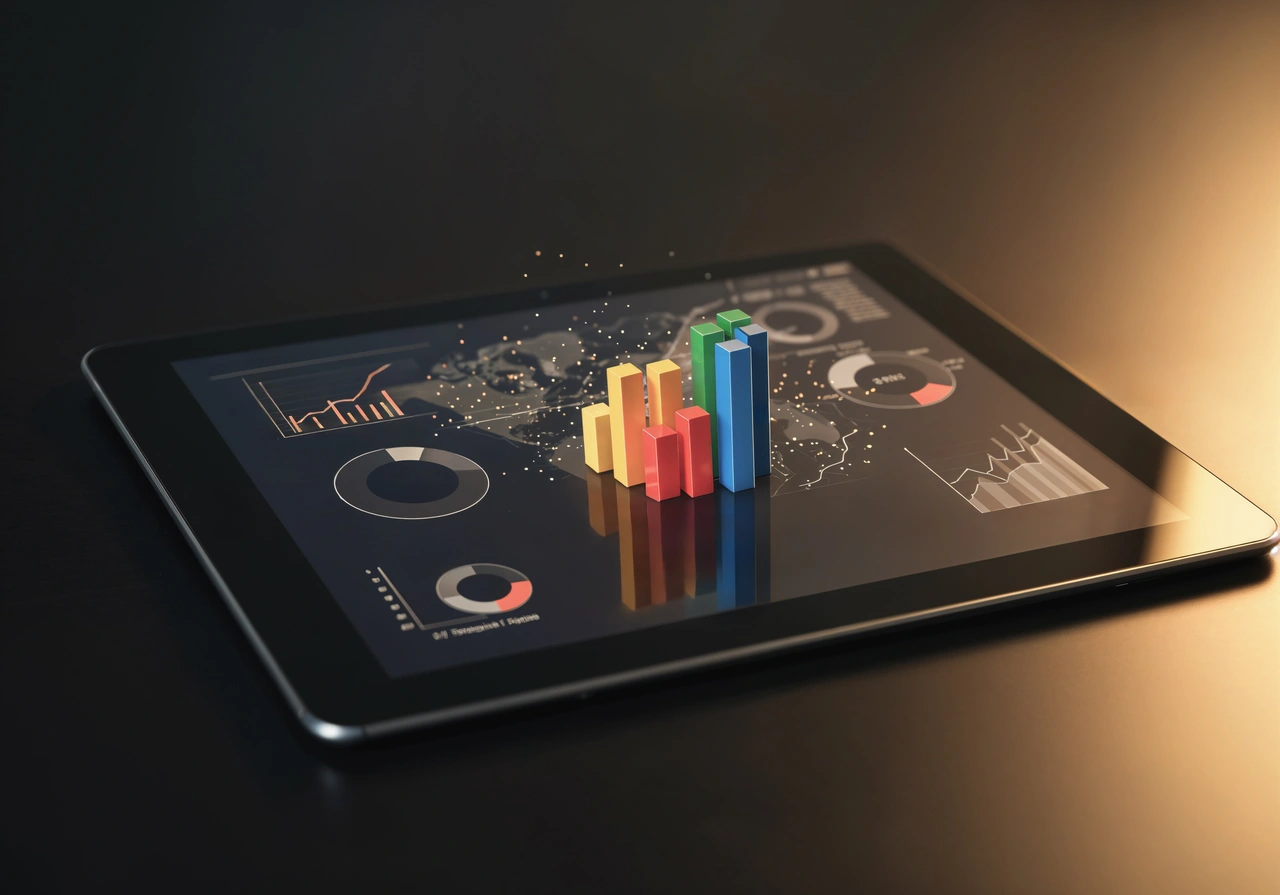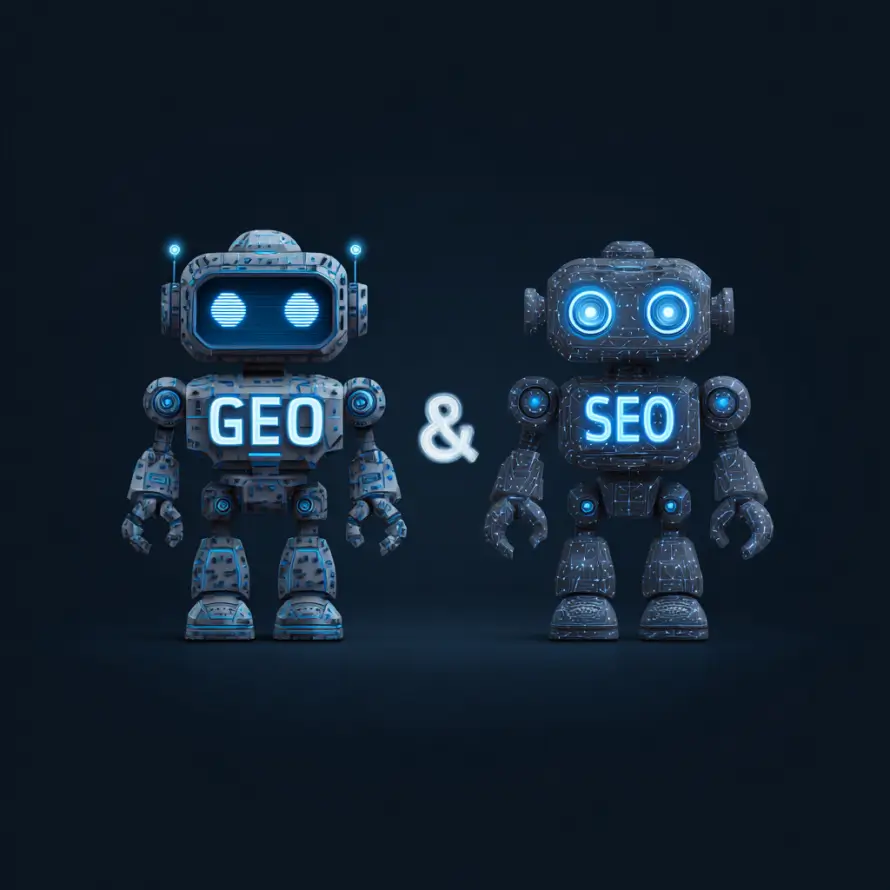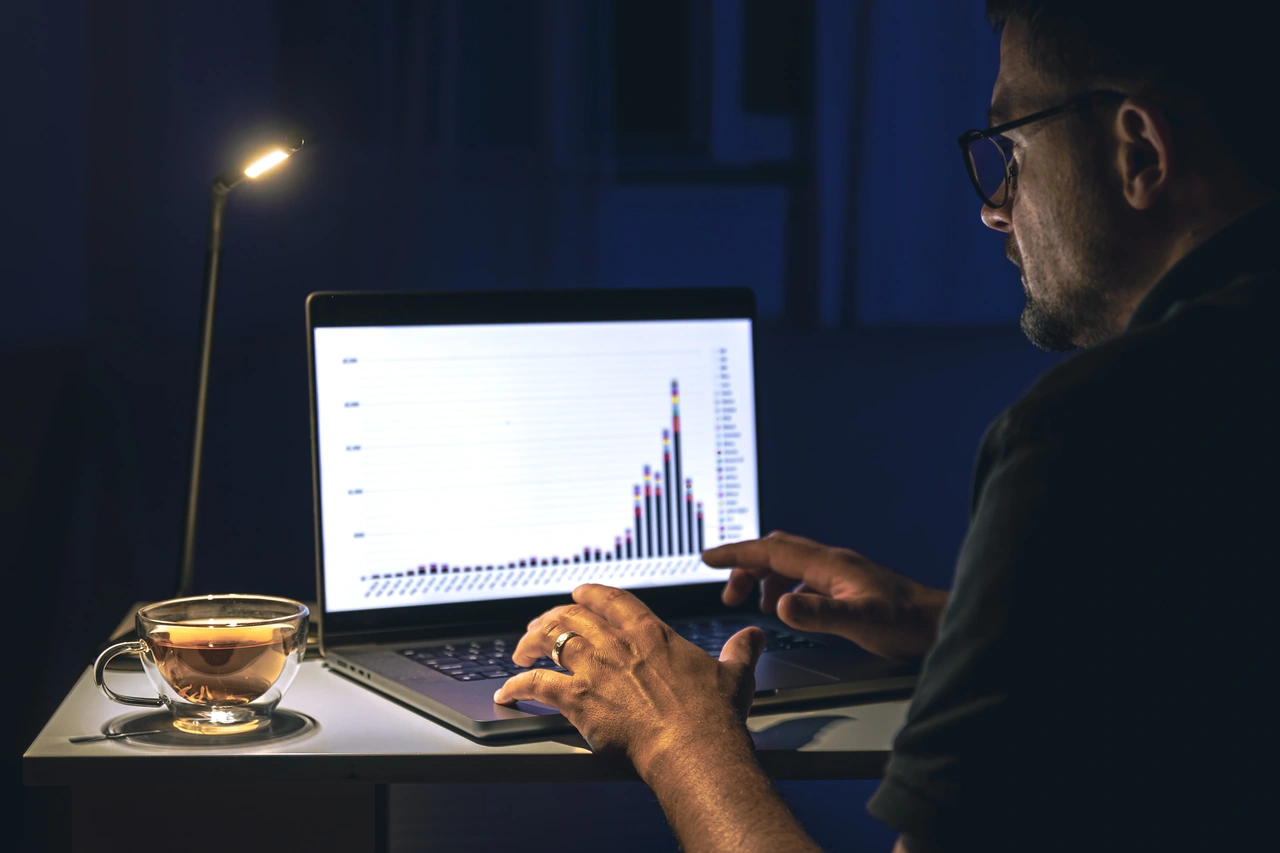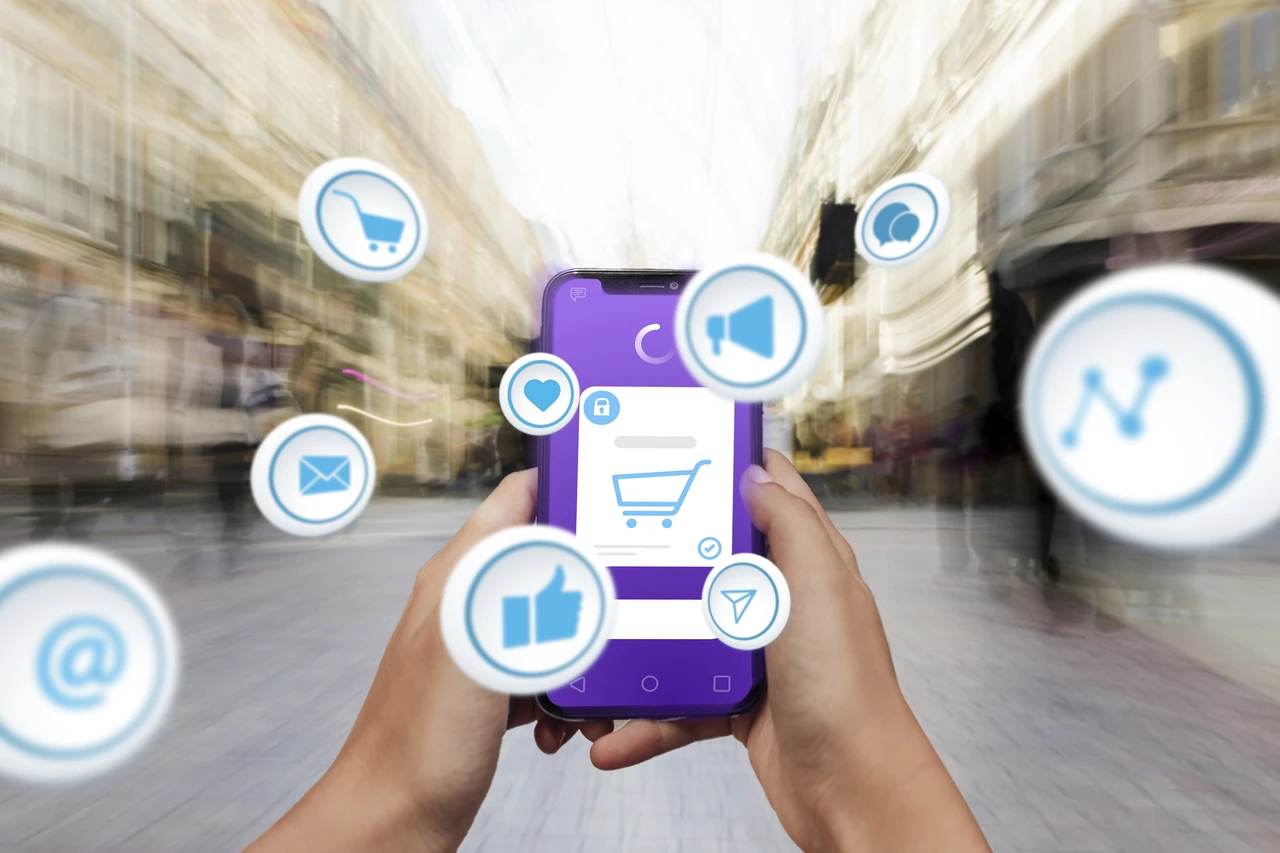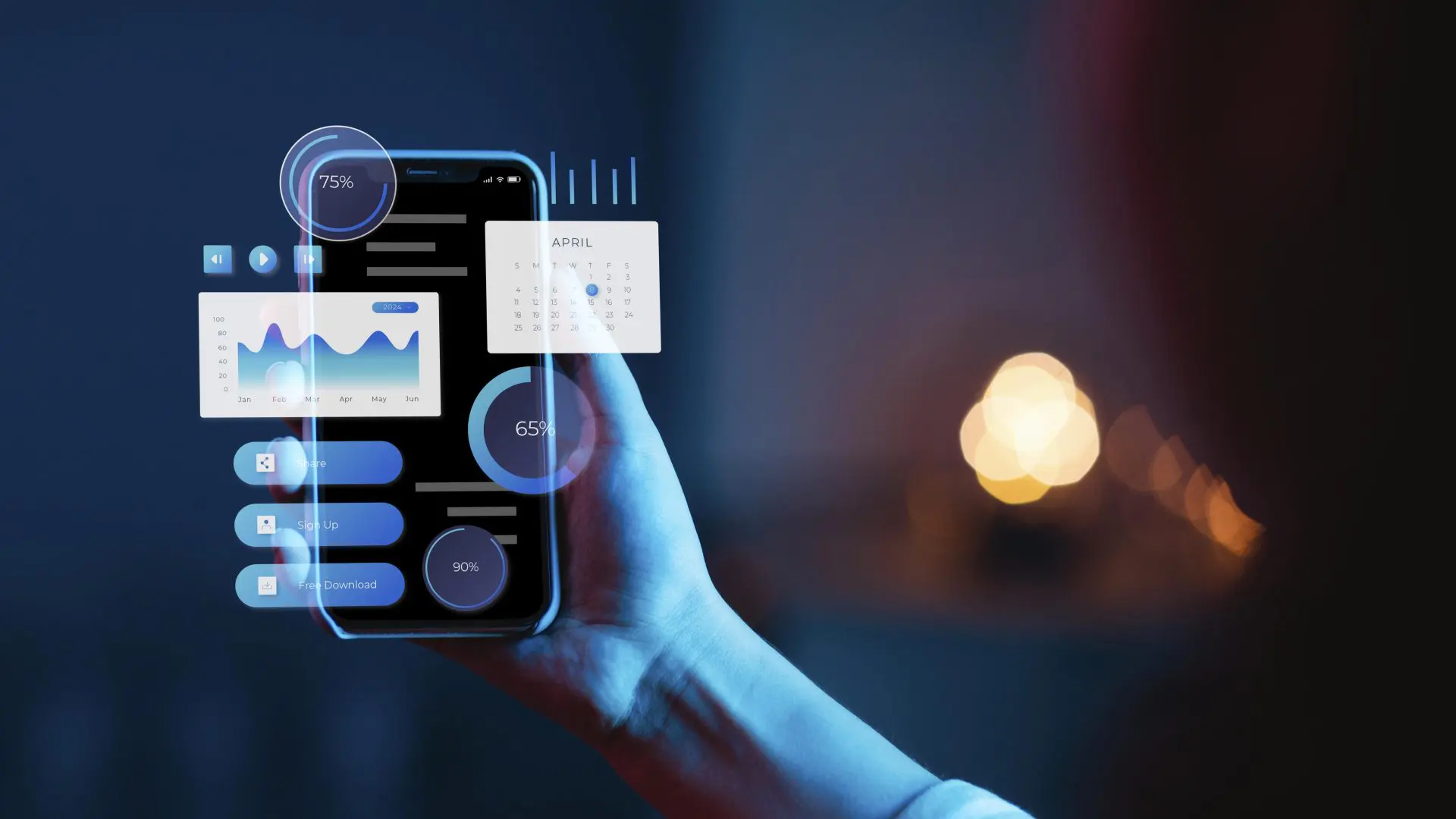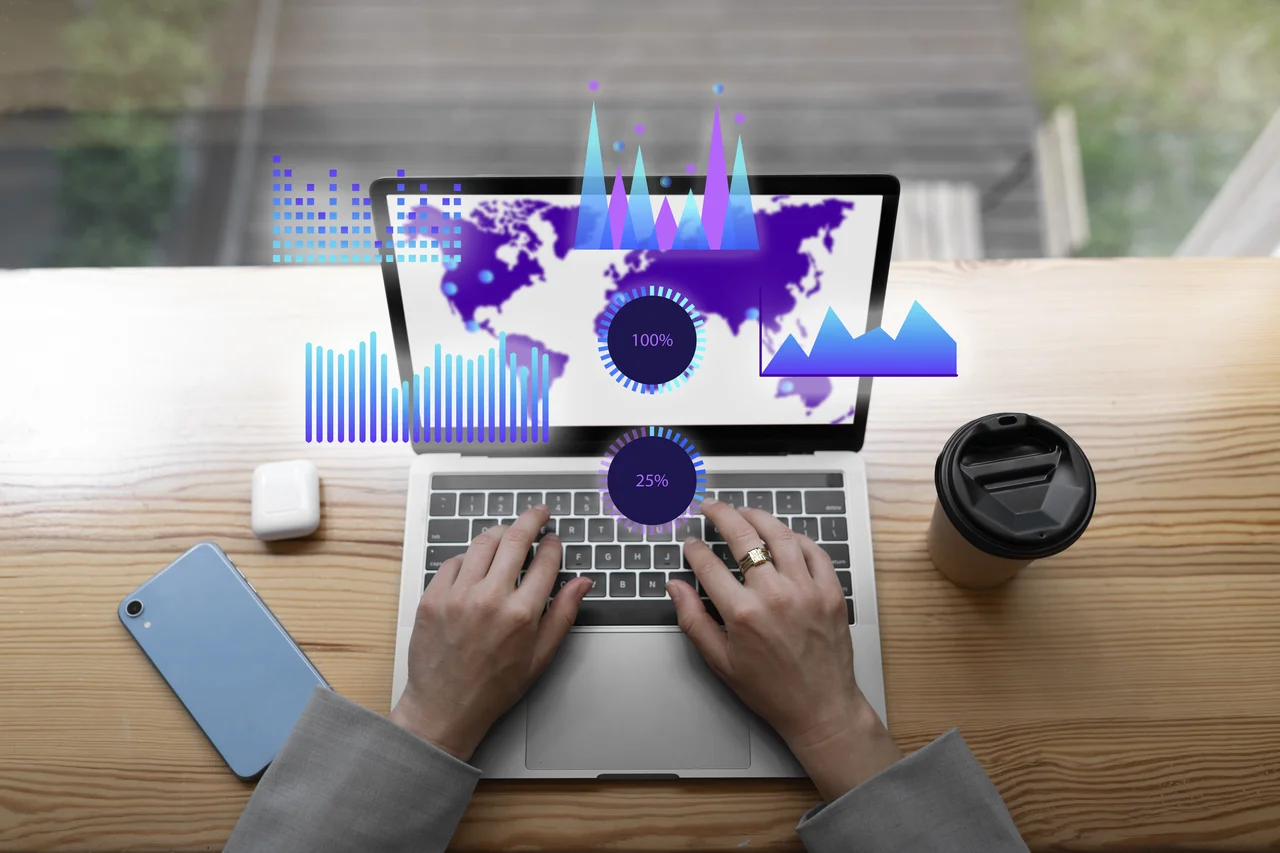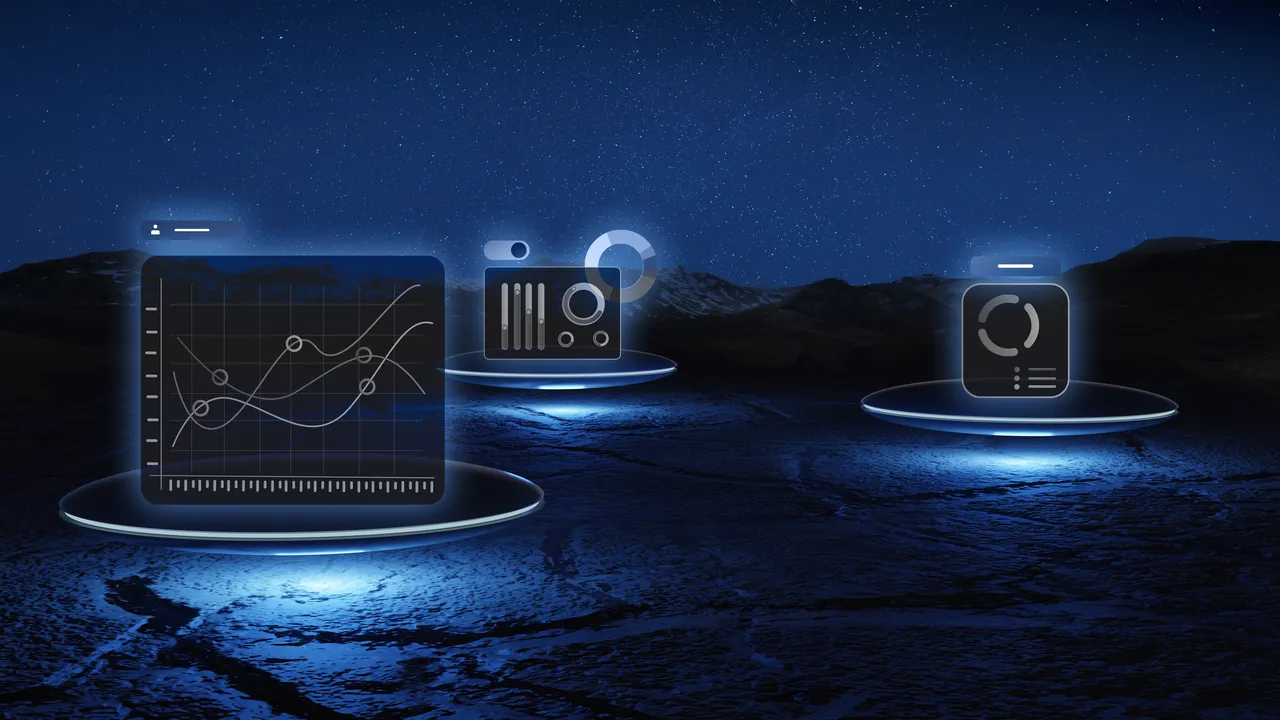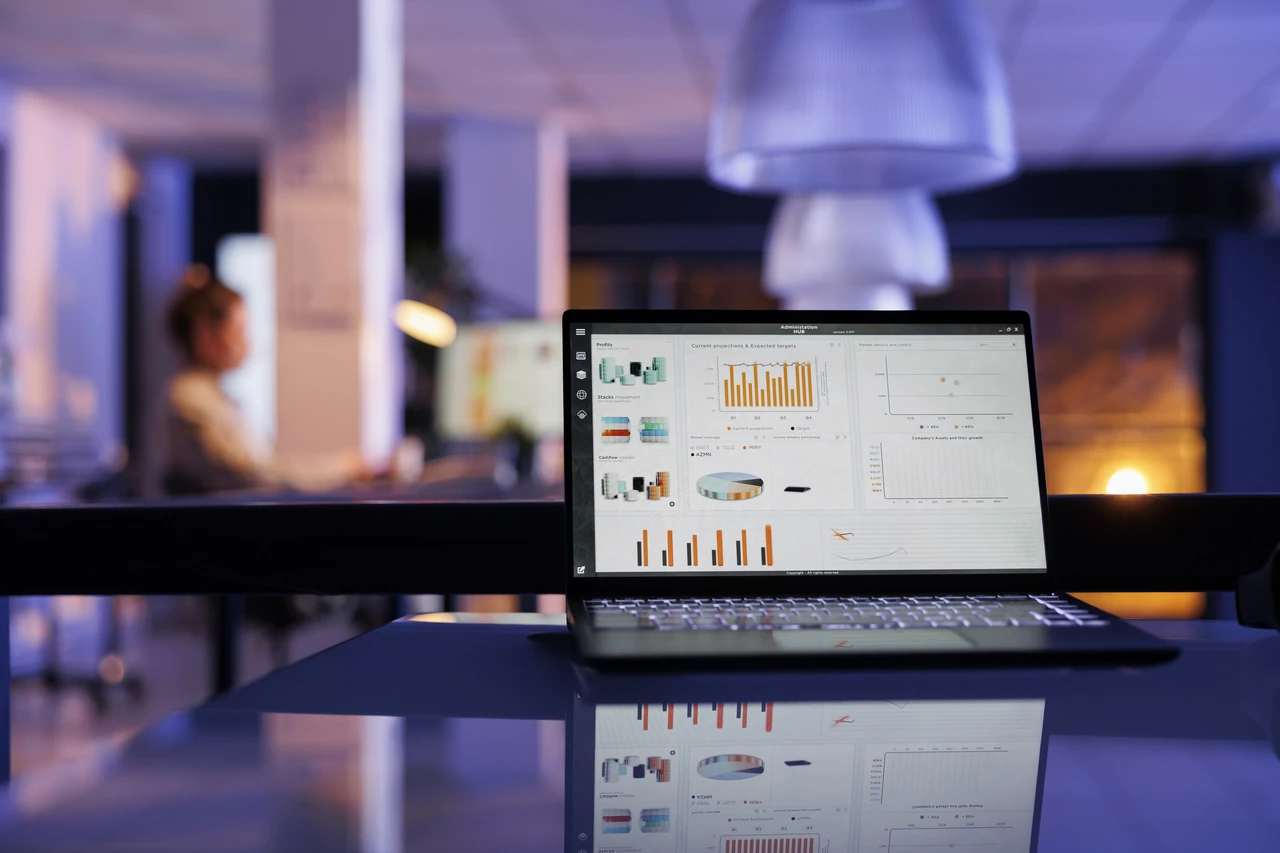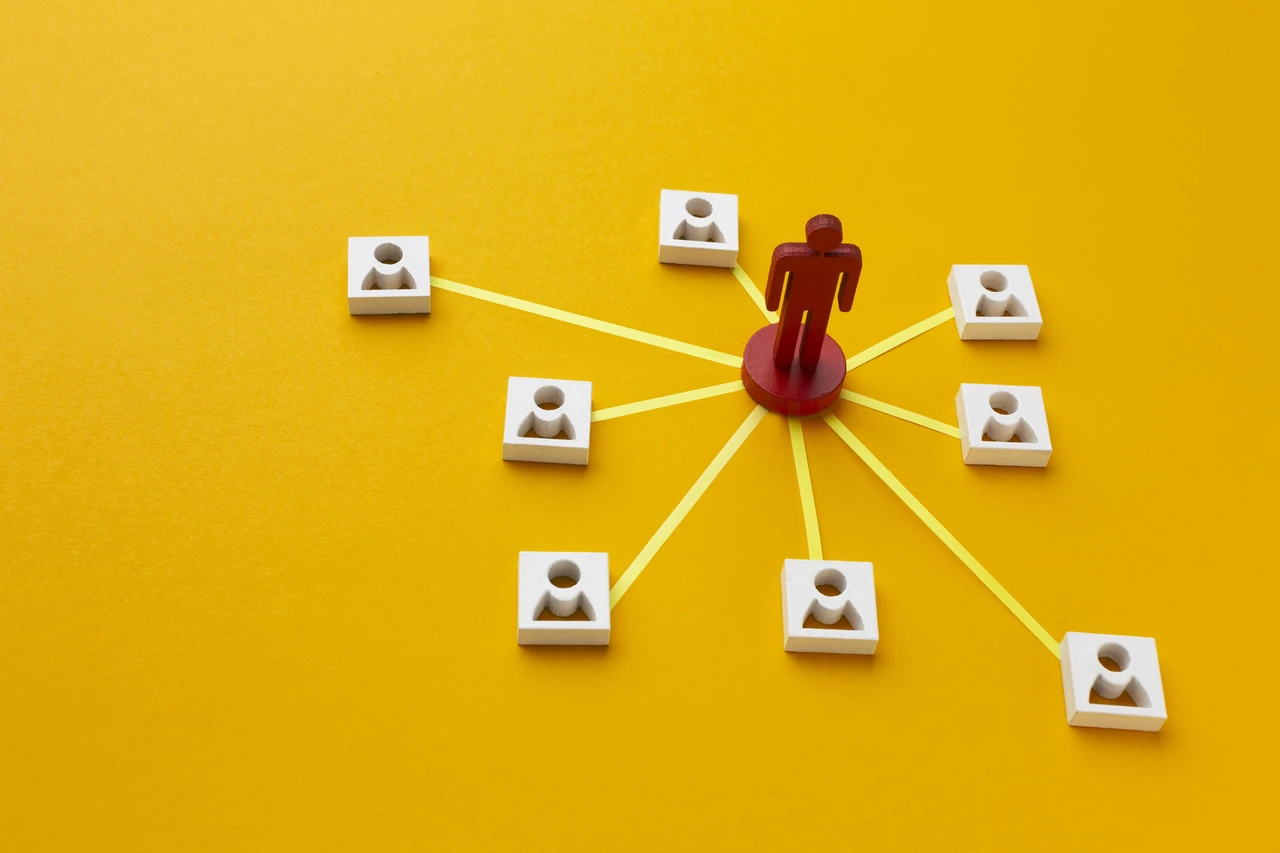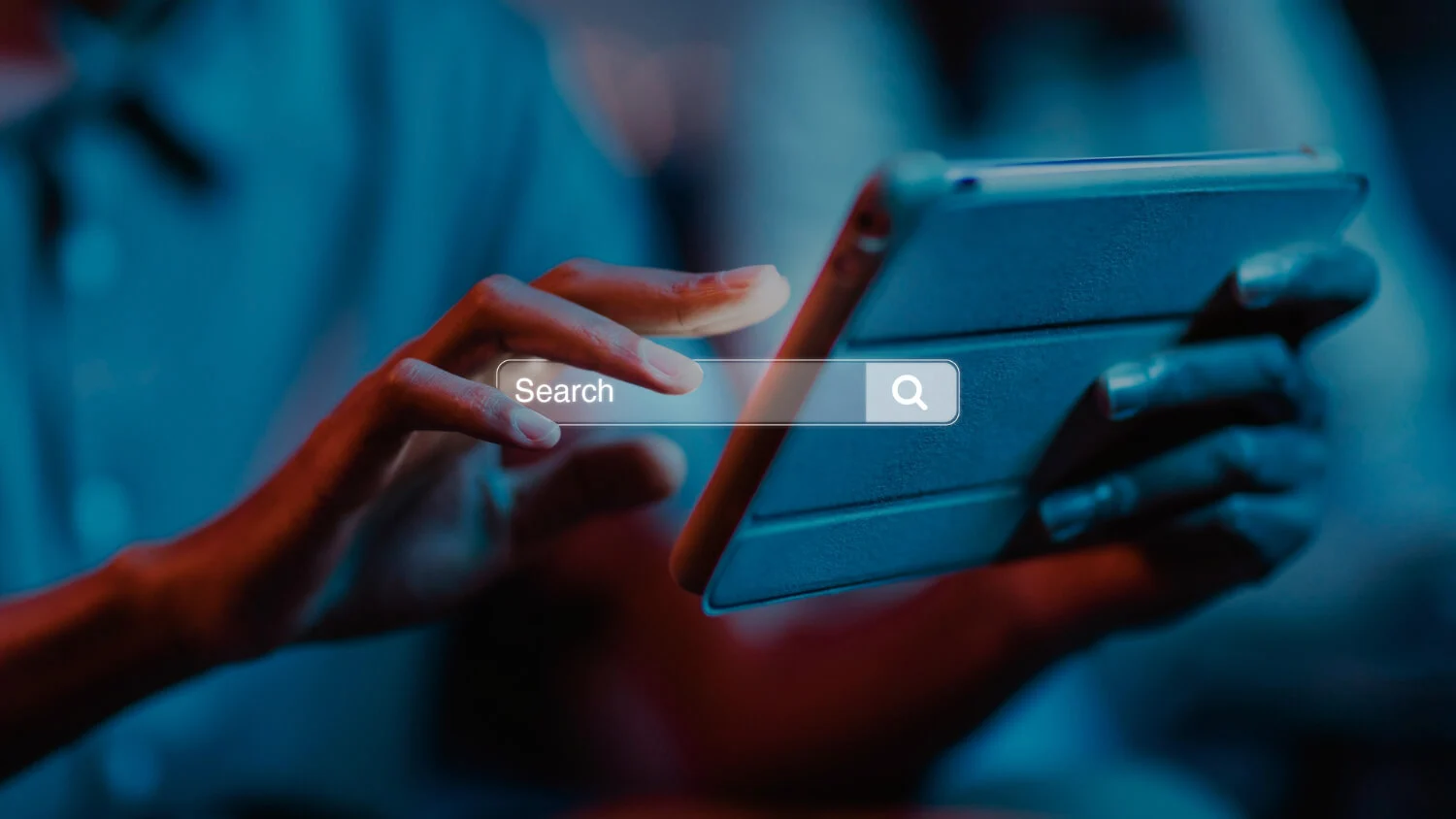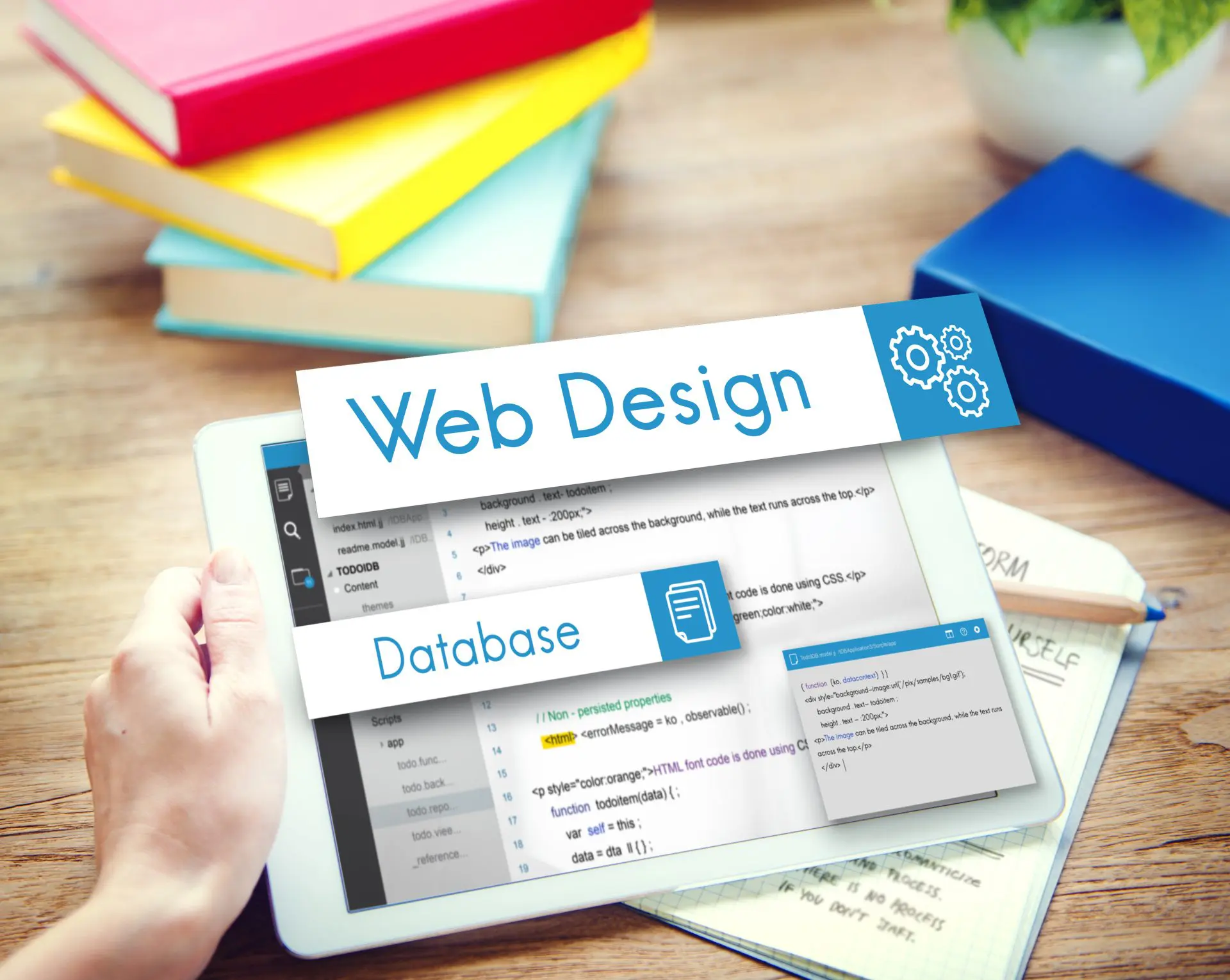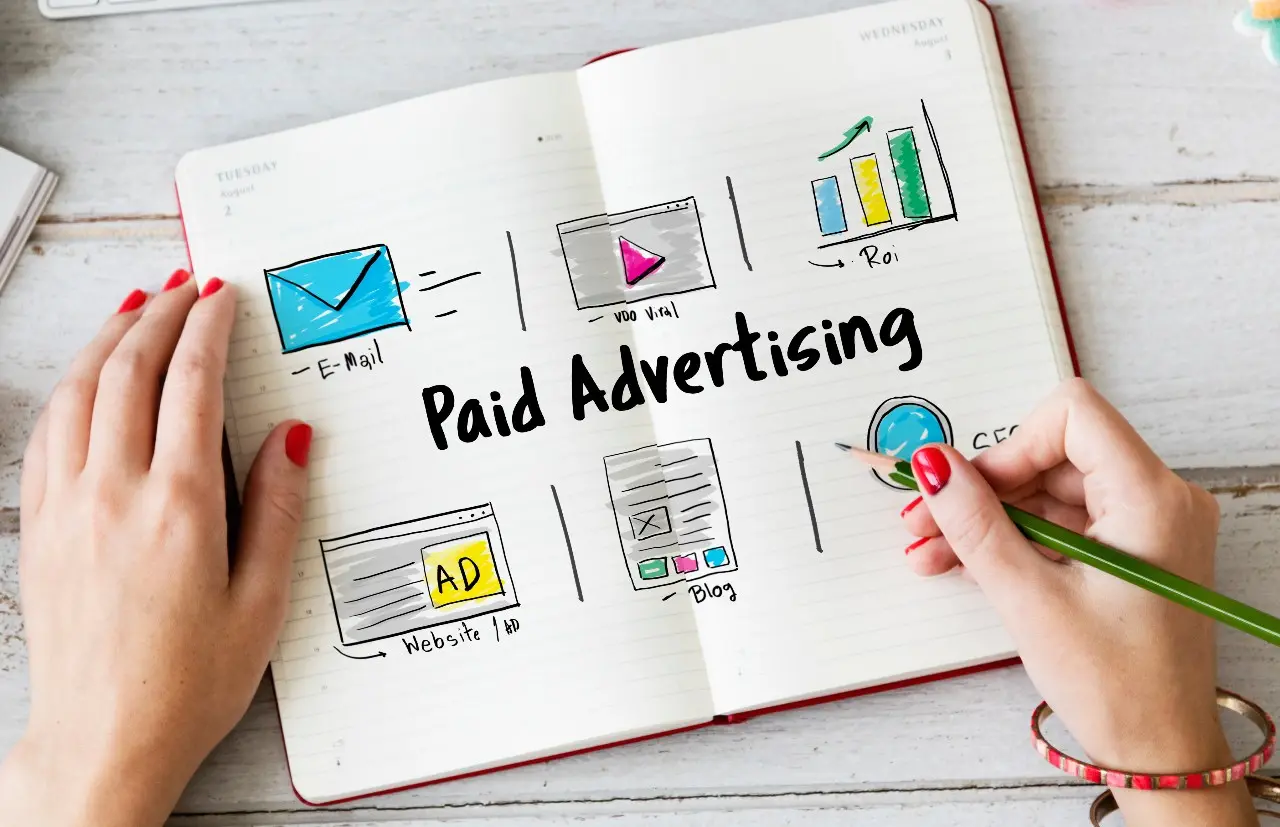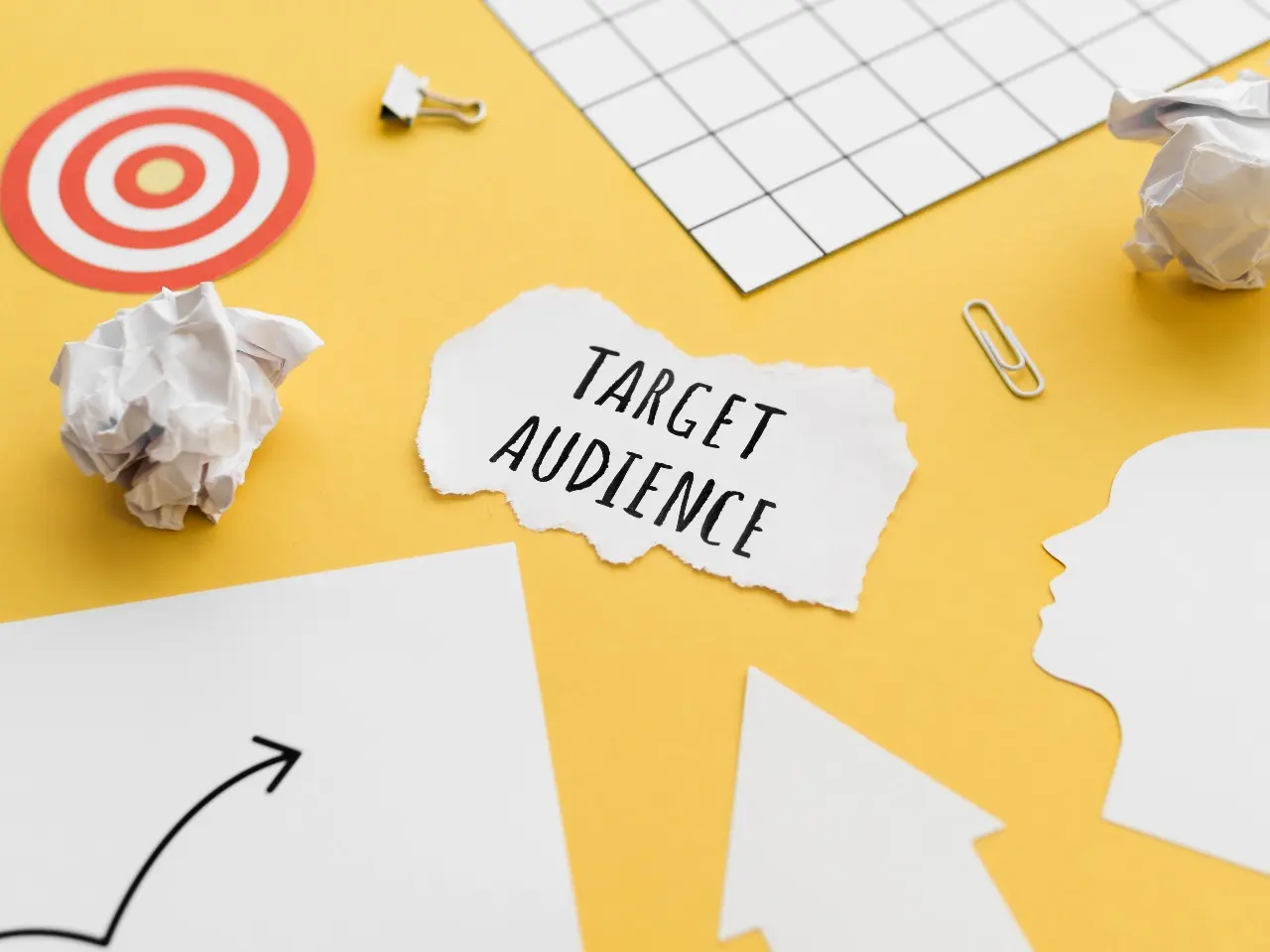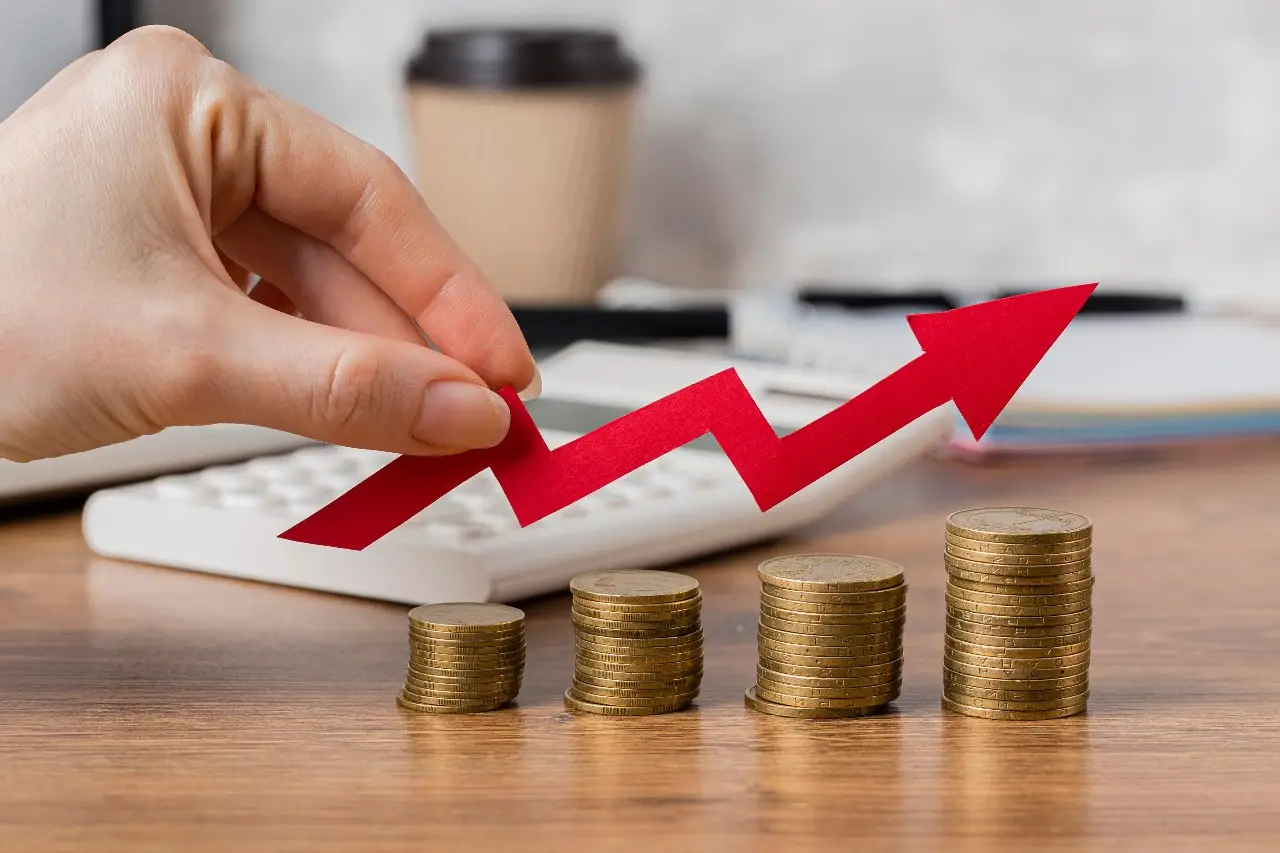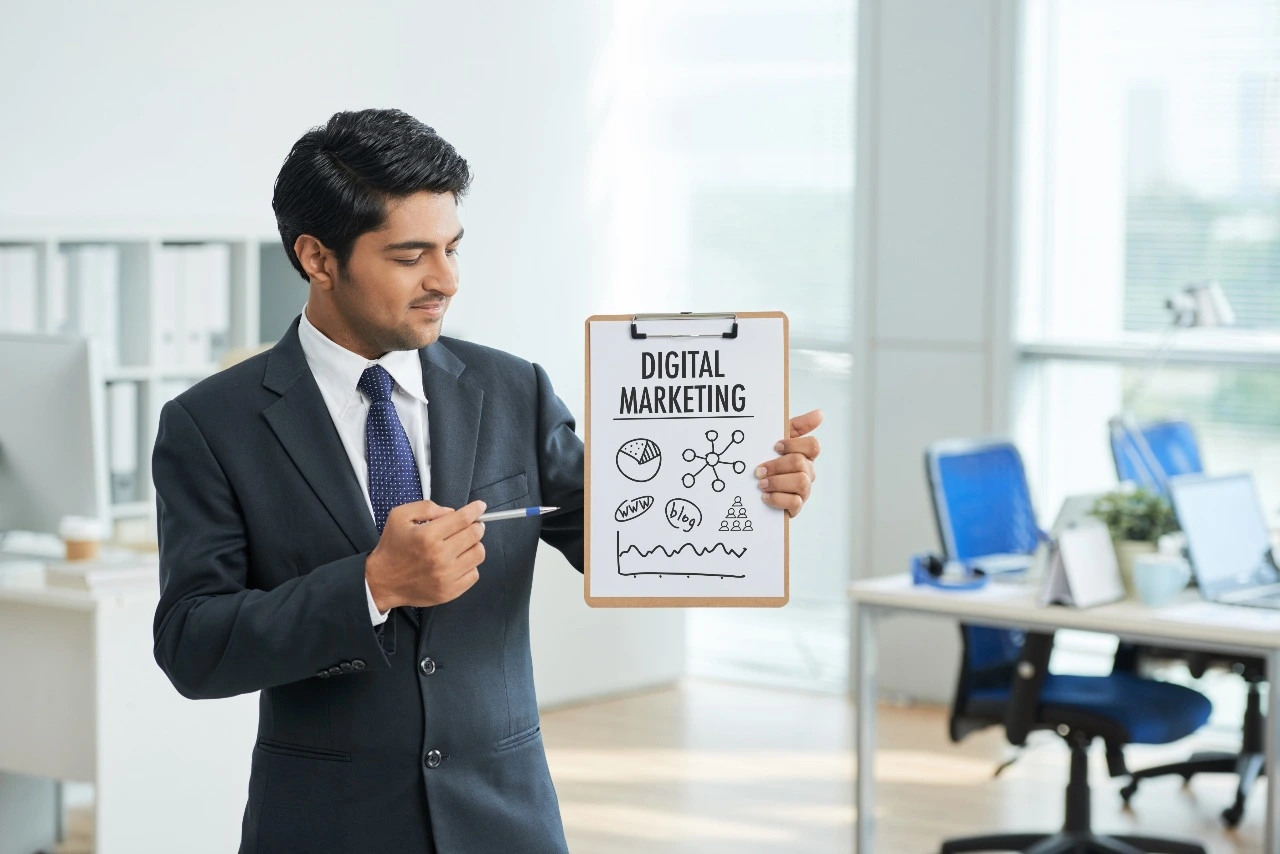Listen to article
In an era saturated with digital noise, are ads still an effective way to reach your target audience? It’s a question every marketer is grappling with as consumers become more discerning and ad fatigue sets in. The rise of ad blockers and the increasing sophistication of search engine results pages (SERPs) are changing the way users interact with online advertising.
But it’s not all doom and gloom for advertisers. Amidst these challenges, opportunities still exist. So, do people still click on ads? And what strategies can marketers employ to overcome ad fatigue and drive meaningful engagement?
In this article, we’ll delve into the latest statistics surrounding ad fatigue and click behavior, explore the evolving landscape of paid advertising, and provide actionable insights to help you optimize your ad campaigns for maximum impact in 2025.
The Transformative Role of AI in Ad Personalization
Artificial intelligence isn’t just a buzzword—it’s the driving force behind innovative advertising strategies that connect more meaningfully with consumers. As digital noise continues to grow, AI helps marketers cut through the clutter by enabling hyper-personalized experiences. From refining target audiences to automating customer interactions, AI is setting new benchmarks for efficiency and relevance in advertising. Let’s dive into the numbers shaping this AI revolution:
- Over half of marketers intend to boost their investment in AI within the next year, demonstrating its increasing influence in modern marketing. Source
- Currently, 35% of marketers are leveraging AI tools specifically to enhance social media content, reflecting an emerging focus on AI-powered creativity. Source
- 25% of marketers rely on AI to better understand their customers and refine audience targeting, showcasing its pivotal role in audience analysis. Source
- The global chatbot market, valued at $5.4 billion in 2023, is projected to surpass $15.5 billion by 2028, driven by AI-powered chatbots capable of managing the majority of consumer interactions. Source
AI isn’t just an enhancement tool—it’s becoming the foundation of high-performing advertising strategies. As customers demand more relevant and personalized interactions, marketers who fail to embrace AI risk falling behind. The impressive growth of AI-driven tools, including chatbots, signals a future where brands can offer tailored experiences that stand out amid rising ad fatigue.
For businesses looking to stay competitive and navigate the complexities of digital advertising, integrating AI into a B2B website strategy can help ensure their marketing efforts align with evolving consumer behaviors. By leveraging AI, companies can refine their strategies to not only combat ad fatigue but also create impactful campaigns that drive meaningful engagement.
Pro Tip:
Start small, but think big. Use AI to automate repetitive tasks like social media post scheduling or audience segmentation, then gradually integrate deeper capabilities such as predictive analytics or dynamic ad personalization to create campaigns that truly resonate.
Breaking Through Ad Fatigue: Overcoming the Modern Barriers to Engagement
As digital advertising continues to evolve, the battle for consumer attention grows fiercer. Audiences are not just passively ignoring ads—they’re actively seeking ways to avoid them. From ad blockers to zero-click searches, users today hold more power over their online experience than ever before. For marketers, this means that creating generic or intrusive ads is no longer viable. To succeed, brands must pivot to deliver value-driven, transparent, and highly personalized ad experiences. Let’s dive into the data that highlights the challenges faced by advertisers in capturing user attention:
- 92% of PPC campaigns are ignored by users, emphasizing the prevalence of ad blindness and the difficulty of engaging audiences with conventional ads. Source
- 51% of Gen Z actively use ad blockers, signaling a strong desire for more authentic and uninterrupted digital experiences. Source
- Over 615 million devices globally now use ad blockers. Source
- Among US smartphone users, 15% have ad blockers installed, further limiting mobile marketing opportunities. Source
- Around 50% of users cannot differentiate between paid and organic search results, which can contribute to ad fatigue and erode trust in advertising. Source
- That number jumps to 60% when users view ads in search engine results pages (SERPs), suggesting confusion and frustration surrounding paid placements. Source
- Fewer than 60% of tracked keyword searches on Google lead to any clicks, indicating a growing reliance on zero-click search results for immediate answers. Source
- Rich SERP features, like “Related Questions,” appear in 90% of keyword searches tracked by Mozcast, making it harder for traditional ads to capture clicks. Source
- AI-driven overviews (AIOs) are reducing the necessity for users to click through to websites by delivering concise, in-SERP answers. Source
Takeaway: Better Ads Start with Better Experiences
The data speaks loud and clear—advertising in its traditional form is losing its effectiveness. To create meaningful engagement, brands need to go beyond conventional strategies and reimagine how they interact with audiences. This means designing ads that fit seamlessly into digital environments, offering content that’s not just informative but also genuinely relevant to the user’s intent. The shift toward zero-click searches also points to the need for brands to optimize for visibility, even when click-throughs aren’t guaranteed. In this landscape, it’s not just about visibility—it’s about value and trust.
Pro Tip:
To address these challenges, experiment with context-driven approaches like native advertising, which aligns with a user’s browsing behavior, or build partnerships with influencers who naturally resonate with your target audience. Since audience interaction with SERPs is changing, invest in optimizing for rich results like featured snippets, knowledge graphs, and visual carousels. Make sure your ads feel less like interruptions and more like invitations to engage.
Why Text Ads Still Thrive in a Competitive Digital Landscape
As digital landscapes evolve and consumer behaviors shift, it’s easy to assume that traditional paid search ads might lose their relevance. However, the data tells a different story—text ads continue to prove their significance as a critical tool for both discovery and conversions. In a world where attention is fragmented and ad fatigue is common, concise and well-crafted text ads remain a beacon for users actively seeking solutions, products, or information. The following statistics provide a clear snapshot of the enduring power of text ads and the role they play in shaping purchasing decisions.
- 75% of people believe paid search ads make it easier to find the information they need on a website or search engine. Source
- 65% of users click on ads when making purchases, emphasizing the role ads play in high-intent moments. Source
- 33% of users click on a paid search ad if it directly addresses their search query. Source
- 37% of consumers turn to social networks as their primary source of purchase inspiration. Source
- Text-based paid search ads account for 49% of ad clicks, outperforming shopping ads (31%) and video ads (16%). Source
- Search ads can increase brand awareness by a staggering 80%, making users more likely to click on familiar brands. Source
- 65% of high-intent searches result in an ad click, proving the effectiveness of ads in converting users actively searching for solutions. Source
- An overwhelming 85% of individuals conduct online product research before purchasing, highlighting the importance of strategically placed search ads. Source
Takeaway: The Resilience of Text Ads in Driving Targeted Results
In an era dominated by flashy visuals, video ads, and influencer-driven content, text ads continue to shine due to their clarity and relevance. They resonate most with users who are already in a discovery or decision-making phase, cutting through the noise with direct, actionable messaging. What makes them truly powerful is their ability to address high-intent searches while simultaneously building brand equity. For marketers, this means crafting ads that are not just relevant but also aligned with user needs and search behaviors. To combat ad fatigue, it’s critical to focus on personalization, precision, and maintaining a strong, recognizable brand identity.
Combine the efficiency of text-based ads with data-driven insights to refine ad targeting. Use dynamic ad headlines that directly speak to user queries and align them with their intent. Additionally, integrate social proof—like testimonials, ratings, or real-world benefits—into your messaging to build trust and inspire action. Social media platforms, when paired with search ads, can amplify your reach and help nudge users toward conversion moments while keeping your brand top of mind. For small businesses looking to maximize their ad strategy, pairing paid ads with digital marketing strategies for small businesses can offer a comprehensive approach to staying competitive in a saturated market.
Ad Spending Trends: Insights into Paid Advertising and Social Media Growth
As the digital economy continues to expand, businesses are doubling down on paid advertising as a cornerstone of their marketing strategies. Despite growing concerns about ad fatigue, the consistent upward trajectory of global ad spend reflects advertiser confidence in reaching consumers effectively through these channels. Social media, search, and display advertising remain pivotal players, each evolving to meet the demands of increasingly sophisticated audiences. Understanding where budgets are being allocated and the returns they generate can help businesses refine their strategies in this competitive landscape.
- Global digital ad spending jumped significantly in 2023, exceeding $600 billion after a 9.5% annual increase. Source
- Search advertising alone is expected to drive $306.7 billion in global ad spend by 2024. Source
- The global PPC software market is on track to hit $24.5 billion by 2025, underscoring the importance of pay-per-click strategies. Source
- Companies investing in PPC advertising report an average ROI of $2 for every $1 spent. Source
- 72% of marketers with budget control consider increasing ad spend essential for achieving long-term success. Source
- Digital advertising spend is forecasted to grow at a CAGR of 8.01% from 2024 to 2028, potentially reaching $417.4 billion by 2028. Source
- Display advertising dominated the market in 2021 with $244 billion in revenue, leading the ad spend categories. Source
- The digital display market is projected to grow at a CAGR of 15.5%, outpacing the 12.2% CAGR of search advertising. Source
- Search ads comprise 40.9% of the global digital ad market. Source
- Social media advertising spend is expected to reach $220 billion in 2024, accounting for 28.8% of total ad expenditures. Source
- Global social media ad investments are set to soar, doubling from $116 billion in 2021 to over $262 billion by 2028. Source
Takeaway: Ad Spend Drives the Future of Digital Marketing
The continuous growth in paid advertising, particularly in search, display, and social media, shows no signs of slowing. With search commanding a significant market share and social media budgets expanding exponentially, the competition for audience attention has intensified. The key to thriving in this saturated space isn’t just ramping up ad spend but strategically using data to create hyper-targeted, relevant campaigns. Marketers who can balance high-quality content with optimized budget allocation will find success in this ever-evolving ecosystem.
Invest in tools and technologies that enable advanced targeting and performance monitoring, such as AI-driven ad platforms or analytics tools. Testing multiple ad formats and leveraging actionable insights from campaign performance will help you refine your strategy over time. Stay agile, and don’t be afraid to adjust your plan to ensure that your ads resonate with your audience.
The Power of Paid Search: Unpacking the Click-Through Potential
In an era where consumer attention is fragmented across countless platforms, paid search advertising continues to deliver consistent results as a direct traffic driver. For businesses navigating competitive markets, Google Ads and similar platforms provide a measurable, cost-effective way to capture high-intent users at the right moment. Still, success in the paid search realm isn’t just about clicks—it’s about balancing costs, combating ad fatigue, and creating seamless brand experiences. Here’s what the numbers reveal about the ongoing impact of paid search and how it intersects with broader advertising strategies:
- Google’s PPC ads account for 64.6% of all clicks, showcasing their dominance in capturing user attention and converting interest into action. Source
- 61% of businesses report paying between $0.11 and $0.50 per click on Google Ads, reflecting the platform’s scalable pricing to meet diverse budget needs. Source
- Similarly, Microsoft Ads offer a competitive pricing structure, with 24% of businesses paying within the same $0.11 to $0.50 range per click. Source
- The influence of display advertising extends beyond immediate visual engagement, as consumers exposed to display ads are 155% more likely to search for brand-related terms. This ripple effect underlines the value of integrating display and paid search campaigns to build brand familiarity and amplify click-through opportunities. Source
Takeaway: Paid Search Thrives with Strategic Integration
Paid search advertising remains a cornerstone of digital marketing strategies, but its true power lies in how it complements other advertising efforts. The interplay between display and search ads is particularly noteworthy—display campaigns create the initial awareness, while paid search captures high-intent traffic, driving meaningful engagement. For marketers, this means treating these channels as parts of a cohesive strategy rather than standalone efforts. Beyond clicks and CPC analysis, delivering consistent, relevant messaging across touchpoints is essential to overcoming ad fatigue and maintaining audience trust.
Don’t underestimate the long-term value of blending brand awareness with intent-driven advertising. To maximize ROI, align your display and search ad messaging and use analytics tools to measure how display exposure influences search traffic. For budget optimization, focus on granular bid adjustments for high-performing keywords and test different ad formats to maintain fresh audience engagement.
Why Quality Content Demands More Than Ever
As digital spaces grow increasingly saturated, the focus has shifted from producing more content to creating better content. Today’s audiences are no longer impressed by sheer volume; instead, they seek relevance, value, and authenticity. Brands and bloggers alike are recognizing this shift, spending more time crafting thoughtful, well-researched pieces that can break through the noise. But with readers becoming more selective, it’s clear that the way content is delivered matters just as much as its substance.
- Bloggers are now spending 60% more time creating each blog post compared to 10 years ago, signaling a clear emphasis on depth and quality. Source
- Even with this increased focus on quality, 43% of online readers admit to skimming content rather than reading word-for-word. This underscores the need for scannable, engaging formats. Source
Takeaway: Quality Needs Strategy to Stand Out
Investing in high-quality content is no longer optional—it’s the cost of entry to stay competitive in a content-heavy market. But, exceptional writing alone isn’t sufficient. The challenge lies in marrying substance with accessibility: striking visuals, concise formatting, and engaging storytelling are all vital for winning over both skimmers and avid readers.
Don’t underestimate the power of formatting. Use bullet points, subheadings, and eye-catching visuals to improve navigation and highlight key takeaways. This not only appeals to skimmers but also ensures your content is delivering value at a glance.
Conclusion
The data presented highlights a fascinating paradox in modern digital advertising. On one hand, ad fatigue, ad blockers, and the phenomenon of zero-click searches suggest an increasingly challenging landscape for marketers. On the other, the enduring effectiveness of targeted ads—particularly text-based search ads—demonstrates the continued potential of paid advertising to drive meaningful traffic and conversions. This duality underscores a vital truth: success in the digital space hinges not just on visibility, but on resonance.
As we move further into 2025, the key to combating ad fatigue lies in relevance and creativity. AI-driven personalization offers an opportunity to craft highly tailored and engaging ads that cater to individual preferences, breaking through the noise of oversaturated platforms. Meanwhile, leveraging multi-channel strategies and experimenting with innovative formats, such as native advertising and influencer partnerships, can help marketers rebuild trust and reengage wary audiences.
Are you ready to navigate these complexities and regain your competitive edge? Your customers are looking for you, and our SEO services can help you be found across search engines. Let’s create strategies that not only deliver clicks but also build meaningful connections with your audience.
About Creating Ad Fatigue and Click Behavior: Are Users Still Engaging?
This guide was written by the Scopic Studios team and reviewed by Araksya Hakobjanyan, SEO Lead at Scopic Studios.
Scopic Studios delivers exceptional and engaging content rooted in our expertise across marketing and creative services. Our team of talented writers and digital experts excel in transforming intricate concepts into captivating narratives tailored for diverse industries. We’re passionate about crafting content that not only resonates but also drives value across all digital platforms.
Note: This blog’s images are sourced from Freepik.



